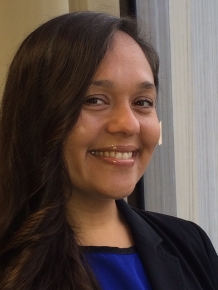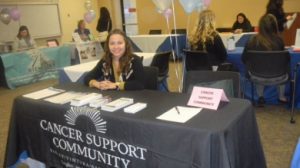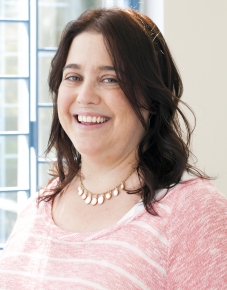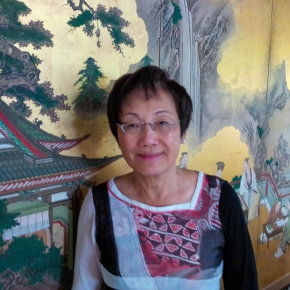How We Drink Affects Child Abuse or Neglect Research conducted by Social Welfare professor Bridget Freisthler shows that drinking at parties, with family or friends has varied effects on child neglect

Social Welfare professor Bridget Freisthler released a study on March 24 examining how various drinking habits contribute differently to child abuse or neglect.
In the past, Freisthler has studied how accessibility to alcohol is related to crime and child abuse, as well as how services can reduce these effects. According to a national study, alcohol is a factor in more than 11 percent of child neglect cases, but little is known about how alcohol use is related to neglectful parenting. Neglect is defined by federal legislation as failure to give minimum care that meets a child’s physical needs or is failure to take precautions to ensure child safety in and out of the home.
Most research on this subject has focused on alcohol dependence, abuse and quantity consumed, not on drinking frequency or contexts. Freisthler and her co-authors Jennifer P. Wolf and Michelle Johnson-Motoyama attempted to fill this gap by examining five different drinking contexts and how it does or does not contribute to child neglect.
The study found that frequency of drinking (how often a person drinks), but not volume of drinking (how much he or she drinks), is related to higher likelihood of supervisory neglect, but lower likelihood of physical neglect. In other words, frequent drinkers are more likely to fail to provide adequate care for their children. Heavy drinkers, on the other hand, are more likely to leave their child unsupervised at home or in a car.
The social contexts in which parents drink each played distinct roles in child neglect, according to the study. Those who drank more often with friends, for instance, were more likely to leave their children home alone during the past year, while drinking with family was instead more positively correlated with unsafe monitoring of children. Interestingly, frequency and continued volumes of drinking in any context were not found to be related to parents’ reports of insufficient food or heat in the house.
Freisthler’s findings are significant, especially during National Child Abuse Prevention Month, because it urges researchers, communities and social workers to look more deeply into the social mechanisms behind child abuse and neglect. Freisthler and her co-authors suggest future studies to understand the temporal relationship between drinking and neglect as well as more close examinations of parents’ routines and patterns to discover the nuanced interactions between alcohol consumption and neglect.
In addition to her research, Freisthler leads the Spatial Analysis Lab in the department of social welfare and the Child Abuse and Neglect Social Ecological Models Consortium. The drinking study is funded by NIAAA grant number P60-AA006282.
 Colunga has been working tirelessly in community development and safety for the city of Long Beach since joining Development Services in 2012. As part of her current role in the Neighborhood Relations Division, Colunga oversees the Safe Long Beach Violence Prevention Plan, a program that facilitates community discussion and provides resources for creating long-term safe environments in the city. Colunga has worked to secure major grants for community safety and neighborhood livability gaps, such as the planning grant from the California Endowment which funded the Violence Prevention Plan in its first stages of development.
Colunga has been working tirelessly in community development and safety for the city of Long Beach since joining Development Services in 2012. As part of her current role in the Neighborhood Relations Division, Colunga oversees the Safe Long Beach Violence Prevention Plan, a program that facilitates community discussion and provides resources for creating long-term safe environments in the city. Colunga has worked to secure major grants for community safety and neighborhood livability gaps, such as the planning grant from the California Endowment which funded the Violence Prevention Plan in its first stages of development.






















